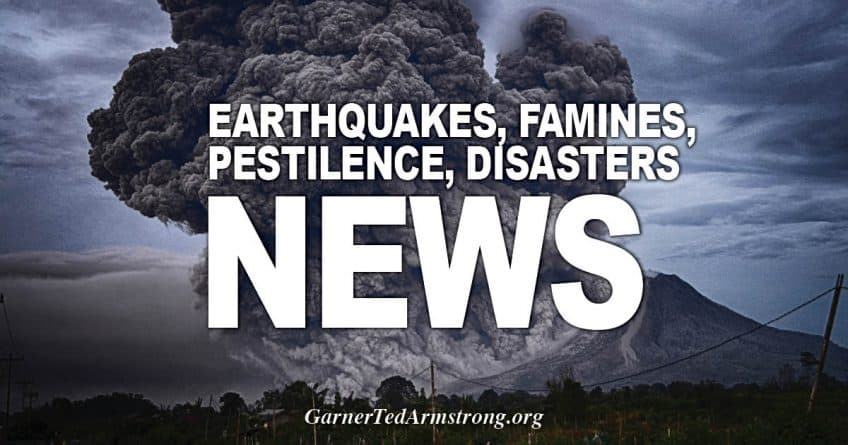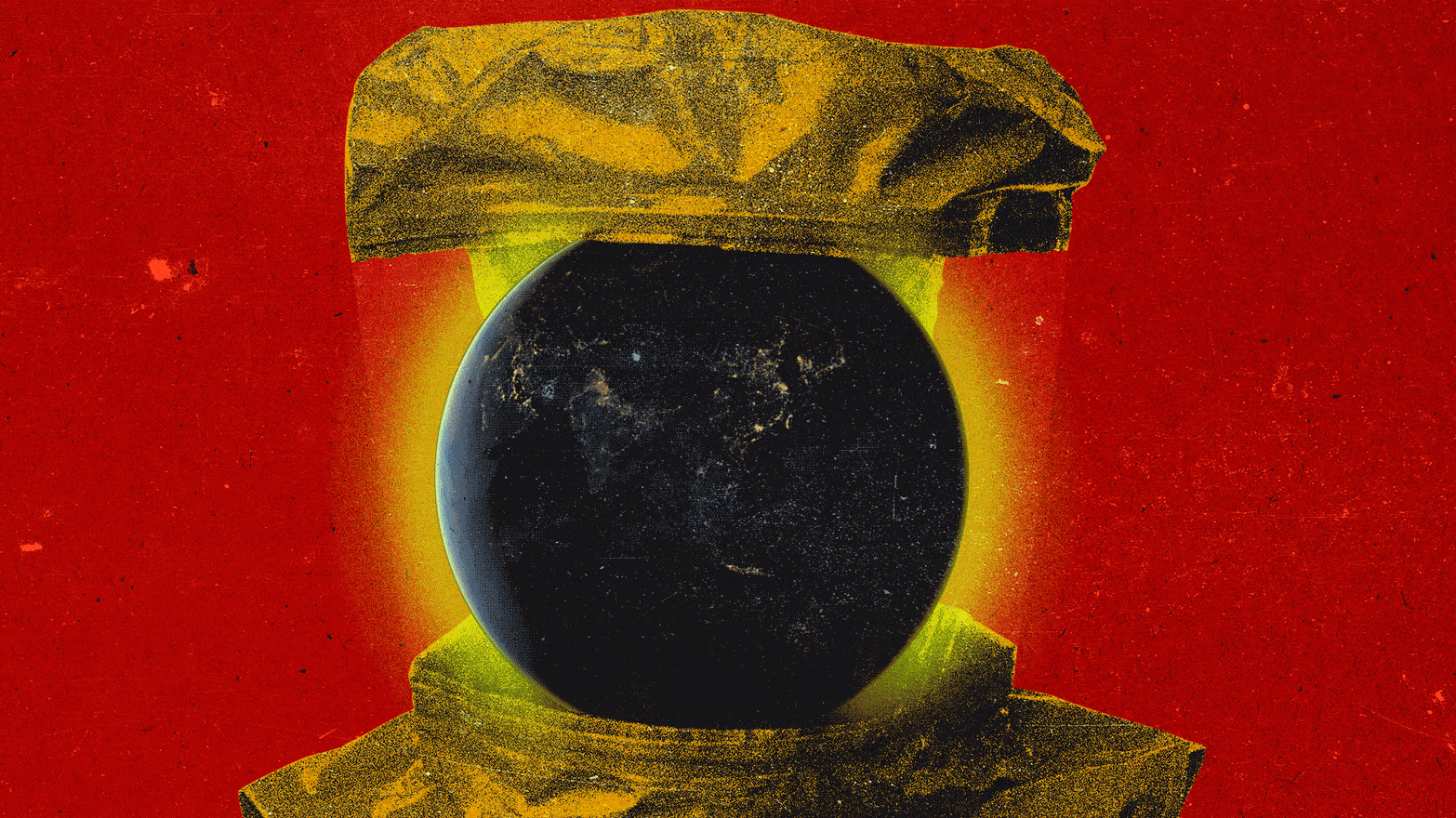“I think at this point, containment is already a lost cause,” one expert said.
Photo Illustration by Elizabeth Brockway/The Daily Beast
Amid furious efforts to stem the tide of the expanding coronavirus outbreak, health officials are soberly preparing for the growing risk of a worldwide pandemic. That calculus reflects the continued spike in cases in Wuhan, China, the epidemic’s epicenter, as well as heightened fears that sustained person-to-person transmission could take off on other continents, including North America.
Increasingly, some experts said, the question was a simple one: How ugly will this get?
“I think at this point, containment is already a lost cause,” said Michael Osterholm, director of the Center for Infectious Disease Research and Policy at the University of Minnesota.
Osterholm’s comments echoed grim realism from health officials at the Centers for Disease Control and Prevention on a call with reporters early this week.
Although the disease’s severity appears to be lower than once feared, Osterholm said the 2019 novel coronavirus’s transmission patterns so far are reminiscent of influenza. “To the extent that we have to deal with this, if this in fact is being transmitted like influenza, then there really isn’t much chance to contain it,” he said. “We can surely minimize transmission in health care facilities and some public spaces. But beyond that, this virus is going to kind of do what it damn pleases.”
Several other experts, while offering somewhat more optimistic outlooks, agreed that the world was entering a critical phase that will determine—over the next few weeks —whether the epidemic that has spread from China to at least two dozen other countries goes nuclear.
“We’re in uncharted territory,” said Isaac Bogoch, an infectious diseases specialist at Toronto General Hospital and the University of Toronto. “It’s hard to know if the massive, massive efforts taken by the Chinese government will be sufficient to curtail this or if we have to be prepared for more widespread transmission worldwide.”
Among its efforts, China has quarantined roughly 45 million people in Wuhan and surrounding cities in Hubei province. Although travel bans and quarantines have had limited success in containing previous outbreaks and pose difficult questions about human rights and supply chains, Bogoch said, the unprecedented scale of the response by China makes any past comparisons difficult. “Within the same hour, I’ll think, ‘Maybe this can be contained,’” Bogoch said. “And then three minutes later, I’ll read some other data and think, ‘You know what? This is going to be a pandemic.’”
Angela Rasmussen, a virologist at Columbia University in New York, said preparations for a worst-case scenario, including training health care workers, outfitting them with personal protective equipment, and ensuring ample testing supplies, may help avert the very worst. “I think if anything, it will improve what the worst-case scenario might look like since I think this means that our public health apparatus will be mobilizing as if there are already many patients instead of few,” she said.
By the end of Tuesday, the U.S. had confirmed 11 cases, though no deaths. Worldwide the toll had risen to more than 24,000 cases, about 99 percent of them—and all but one of the (at least) 492 deaths—in China.
While there was room for optimism, Rasmussen noted, recent U.S. cuts to biopreparedness and pandemic preparations clearly haven’t helped. She also questioned the effectiveness of involuntary quarantines and travel bans, arguing that they can erode economies, public trust, and the flow of information. “A virus doesn’t discriminate based on national origin,” she said. “It doesn’t care what passport you are carrying.”
One key variable driving the epidemic’s potential severity is whether epidemiologists see ongoing, sustained transmission of the virus to people with no travel history to China or clear connections to others who have been there. So far, most of the human-to-human spread beyond China has been limited to close contacts of infected patients, which some researchers have pointed to as a hopeful sign.
“If this remains limited in nature, the epidemic can be contained,” said Jason Kindrachuk, an expert on emerging viruses at the University of Manitoba in Winnipeg, in an email to The Daily Beast. “If we start seeing sustained human-to-human transmission outside of China, there will likely be some pretty quick revisiting of current screening procedures,” he added.
Given his work throughout Africa, Kindrachuk said he will be closely watching for confirmed cases on the continent as well as other low and middle-income regions around the world. “The limitations on health care infrastructure in many of these regions could be problematic for containment if the virus is able to gain a foothold and sustained H2H [human-to-human transmission] occurs,” he said.
The World Health Organization cited that danger as part of its rationale for declaring a Public Health Emergency of International Concern last week. If the disease accelerates, the capacity of multiple countries could be sorely tested, Bogoch said. “It’s like catching fly balls in the outfield,” he said. “When there’s one or two or three or four, you can run around and catch them.” But if countries become inundated with more cases at a faster pace, “it might be challenging to keep up and one or two might hit the ground.”
Tempering reports that the outbreak may be considerably larger than initially thought, emerging data also suggest that it may be less deadly than other recent outbreaks. A Feb. 3 report from the South China Morning Post, for example, suggested that the more than 5,000 reported cases in Wuhan by that point were “just the tip of the iceberg” due to a shortage of testing kits in the outbreak’s epicenter (several modeling studies have likewise pointed to much higher numbers). The report, however, also suggests that the true proportion of fatal cases—officially hovering around 3 percent for the city and surrounding Hubei province—might be significantly lower since milder cases would be more likely to go undiagnosed.
“Many of the sicker people are going to be seeking medical care and being diagnosed because they’re hospitalized,” Bogoch said. “And we’re going to be over-selecting for the sicker individuals who are going to have a higher fatality rate.”
Elsewhere in China, where hospitals haven’t been as overwhelmed, the proportion of fatal cases is roughly 0.2 percent, while the proportion elsewhere around the world is about 0.5 percent. Those numbers could quickly change, of course, and more accurate case fatality rate estimates may not be known for months. But epidemiologists and virologists were in large agreement that the virus appeared to be considerably less lethal than either SARS or MERS, at least so far.
The good news, Bogoch said, also carries a downside: “The negative side of it is, OK, if it causes less severe illness, there may be a large cohort of people that aren’t sick enough to seek medical care,” he said. “They may be contributing to further transmission in the community, and it’s just going to continue to spread and spread beyond China.”
Bogoch downplayed fears of transmission from truly asymptomatic patients, noting that many likely have had mild symptoms that didn’t require medical care. German officials, in fact, moved to correct a recent study suggesting that an asymptomatic Chinese woman passed the virus to four others in Germany; a follow-up confirmed that she did have symptoms after all.
Even so, Osterholm said the dynamic transmission of the coronavirus within China suggests that the same thing could readily happen elsewhere. “Viruses don’t change their skin when they cross a political border, so why do we think what’s happening there would be different if it went elsewhere in the world?” he asked.
If so, the impact could be severe. “In this case, we have a combination here where it appears to be much more infectious than what we’ve seen with SARS or MERS,” Osterholm said. “So even though the disease severity seems to be less, potentially substantially less, than SARS or MERS, the overall impact may be as great if not greater.”
Researchers believe the new coronavirus spreads when an infected person coughs or sneezes and releases tiny droplets, similar to how seasonal cold and flu viruses proliferate. Since both cold and flu viruses in temperate regions seem to spread more readily in drier air, some scenarios have envisioned a similar future of fewer 2019 novel coronavirus infections over the summer and a seasonal resurgence over the winter.
Roughly 0.1 percent of people who become infected with seasonal flu in the U.S. every year die from it, with the risk skewed toward older and much younger people. Even if only 1-2 percent of coronavirus patients die, Osterholm said, “that is 10 to 20 times higher than we see with seasonal flu. That’s still a very important number.”
If containment efforts fail, Dr. Bogoch said, “We’re going to see a lot of people with upper and lower respiratory tract infections throughout the world, unfortunately.”
Public health preparations throughout the world, he said, may ultimately help determine where most cases land on the spectrum between mild symptoms and a “death sentence.”












